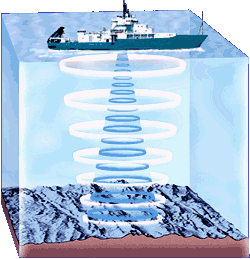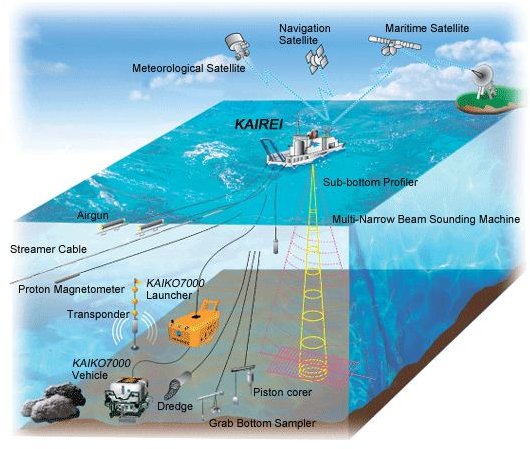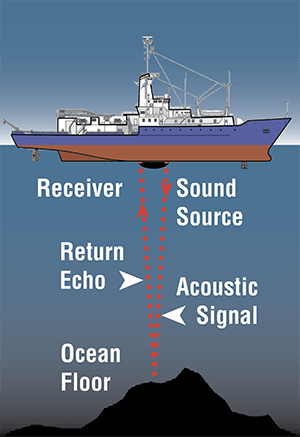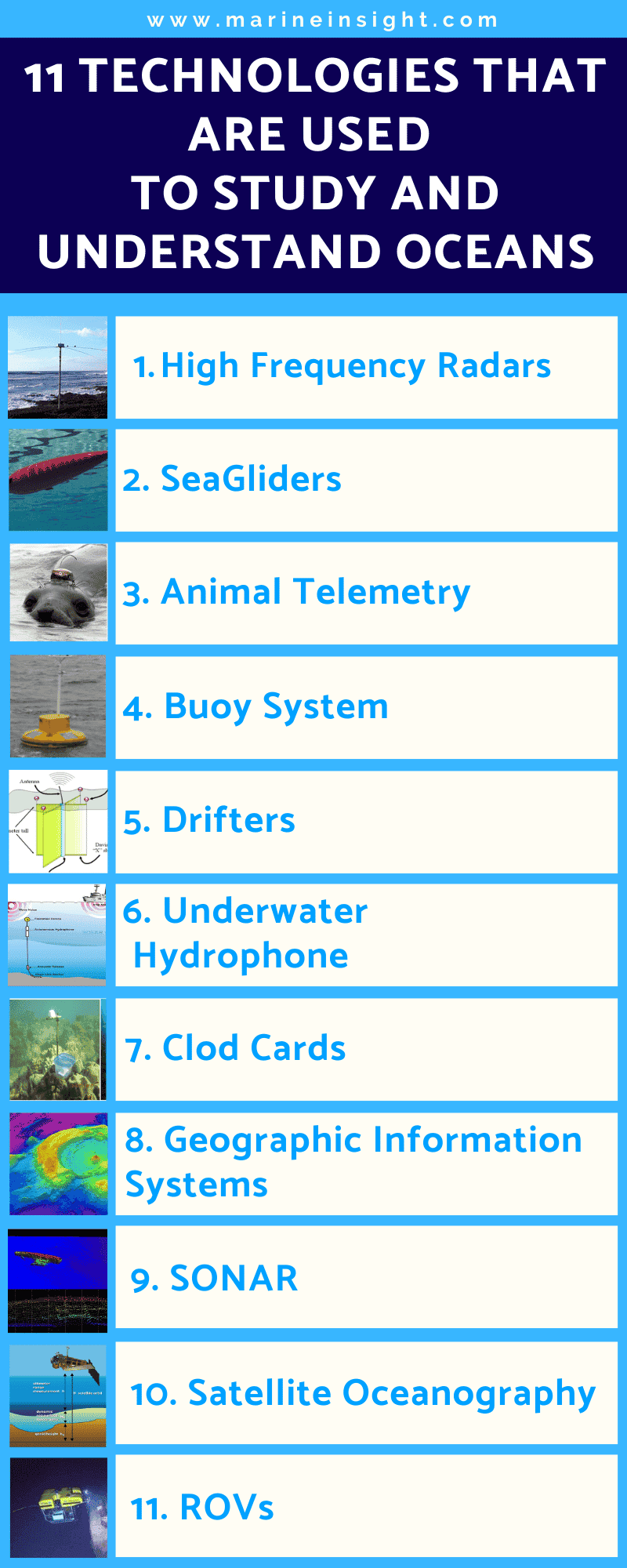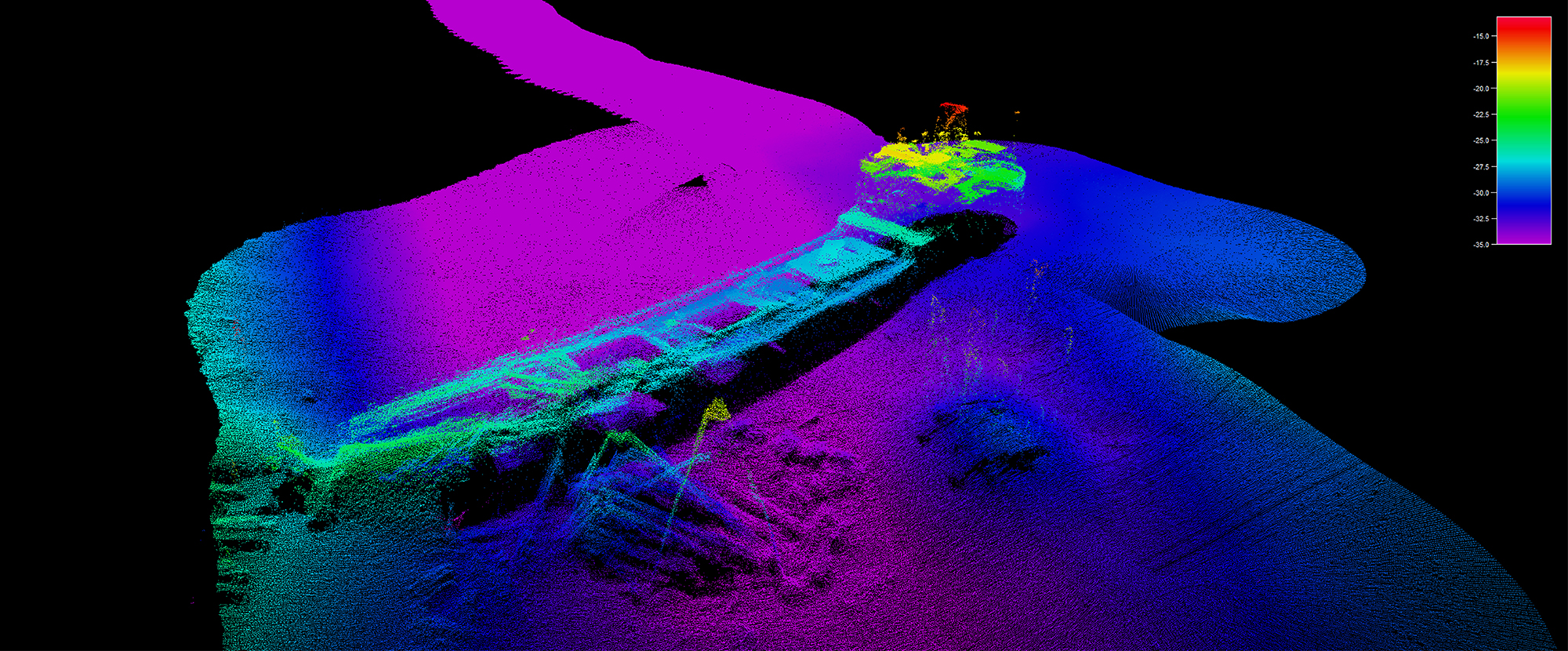Environmental dna edna by collecting samples of mucus feces or tissue particles scientists can process edna to make new discoveries about marine life.
Marine technology mapping ocean floors.
Lidar systems use pulsed lasers in aircraft to measure ranges to the surface below.
Airborne light detection and ranging lidar is a remote sensing technology that is proving increasingly beneficial in a variety of ocean and coastal mapping applications.
Huge trenches walls flatlands and seamounts fill the seascape and have a direct impact on the water bodies above them.
There are three tools used to map the ocean floor sonar satellites and submersibles.
Today s technology lets scientists to study the ocean in a quicker and precise way.
The range measurements are combined with position and orientation data to obtain accurate 3d spatial coordinates e g.
Using the latest sonar technology both in mobile units and on board rv investigator we can map any part of the ocean floor to any depth measure bodies in the water column and look at the composition of sub seafloor sediments the data we collect is processed and managed by our geophysical survey and mapping team who make it available for.
Texas based surveying company ocean infinity has donated survey data from its search for missing malaysian airliner mh370 to the nippon foundation gebco seabed 2030 project which aims to map the entirety of the world s ocean floor by 2030.
The 120 000 square kilometers of data will be incorporated into the latest version of the global map of the ocean floor.
Seafloor mapping also called seabed imaging is the measurement of water depth of a given body of water bathymetric measurements are conducted with various methods from sonar and lidar techniques to buoys and satellite altimetry various methods have advantages and disadvantages and the specific method used depends upon the scale of the area under study financial means desired measurement.
Collecting and managing seafloor data.
The first modern breakthrough in sea floor mapping came with the use of underwater sound projectors called sonar which was first used in world war i.
Details of a new depth map of the arctic ocean have been published in the nature journal scientific data the new portrayal of the arctic ocean floor is in the form of a digital gridded database and comprises version 4 0 of the international bathymetric chart of the arctic ocean ibcao.
By the 1920s the coast and geodetic survey an ancestor of the national oceanic and atmospheric administration s national ocean service was using sonar to map deep water.
Sonar is a type of electronic depth sounding equiptment made in the 1920 s it is an acronym for sound navigation and ranging.
The ocean s floor is as complex as it is deep.

